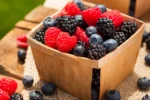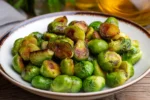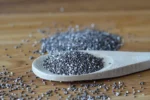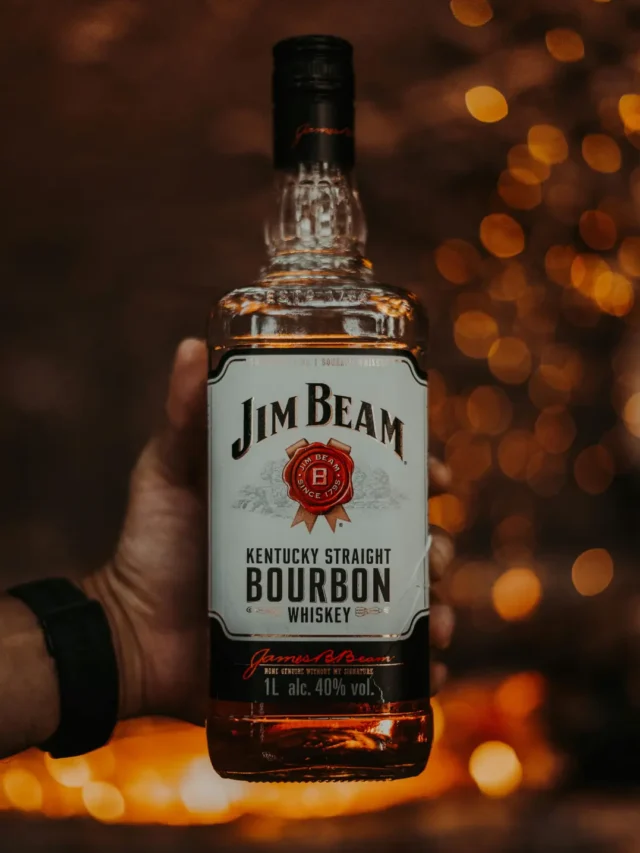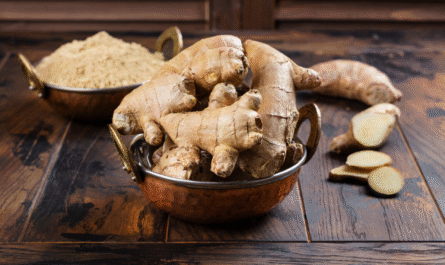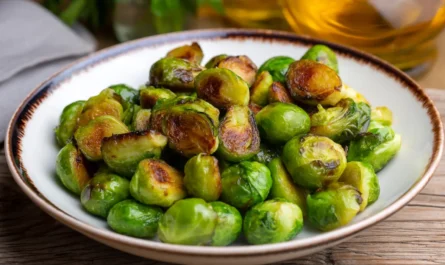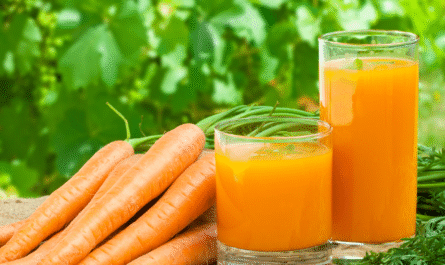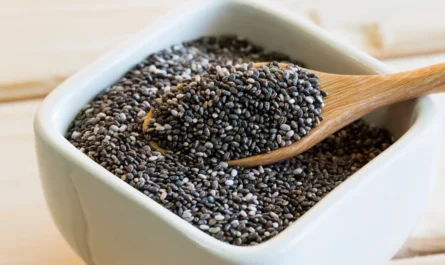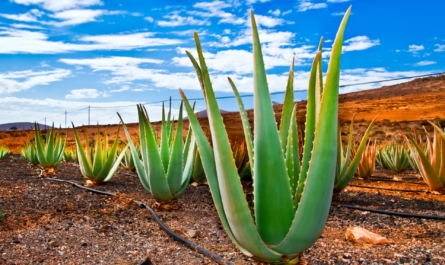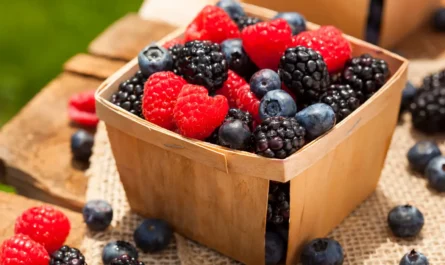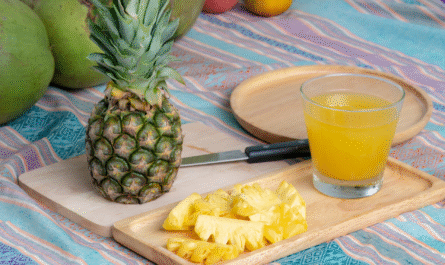Vitamin D, often called the “sunshine vitamin,” is essential for many aspects of human health, yet many people don’t get enough of it.
According to data published in the New England Journal of Medicine, vitamin D deficiency has reached global pandemic levels, with over 1 billion people worldwide estimated to have insufficient levels.
Even in sunny regions, factors like limited sun exposure, skin pigmentation, indoor lifestyles, and air pollution can all contribute to low vitamin D levels.
While sun exposure remains the most natural way to get vitamin D, food is a crucial and reliable source, especially for people living in areas with limited UVB exposure for parts of the year or those at higher risk of deficiency.
This post breaks down 7 of the best food sources of vitamin D, explaining how they benefit your body, what the science says, and how to include them in your daily diet.
Why Vitamin D Matters
Before we get into the food list, here’s a quick breakdown of what vitamin D does for you:
1. Regulates Calcium and Phosphorus Absorption
Vitamin D plays a central role in helping your body absorb calcium and phosphorus, minerals essential for strong bones and teeth.
A deficiency can lead to rickets in children and osteomalacia or osteoporosis in adults.
2. Supports Immune Function
Recent studies, including a 2021 review in the Lancet Diabetes & Endocrinology, link adequate vitamin D levels to reduced risk of respiratory infections and better immune response, including against viruses like influenza and potentially COVID-19.
3. May Improve Mood and Mental Health
Low vitamin D levels are associated with higher rates of depression, seasonal affective disorder, and cognitive decline. While it’s not a cure, supplementation has shown mood-enhancing benefits in some individuals.
4. Muscle Function and Fall Prevention
Vitamin D is crucial for muscle health. In the elderly, sufficient levels reduce the risk of falls and fractures. This is well-supported by clinical data from sources like the Journal of Clinical Endocrinology & Metabolism.
Recommended Daily Intake (RDI)
According to the National Institutes of Health (NIH), here are the RDIs:
- Infants (0–12 months): 400 IU (10 mcg)
- Children and adults (1–70 years): 600 IU (15 mcg)
- Adults over 70 years: 800 IU (20 mcg)
- Pregnant and breastfeeding women: 600 IU (15 mcg)
Upper limits vary, but it’s considered safe to consume up to 4,000 IU (100 mcg) daily from food and supplements unless medically advised otherwise.
Top 7 Foods High in Vitamin D
1. Fatty Fish
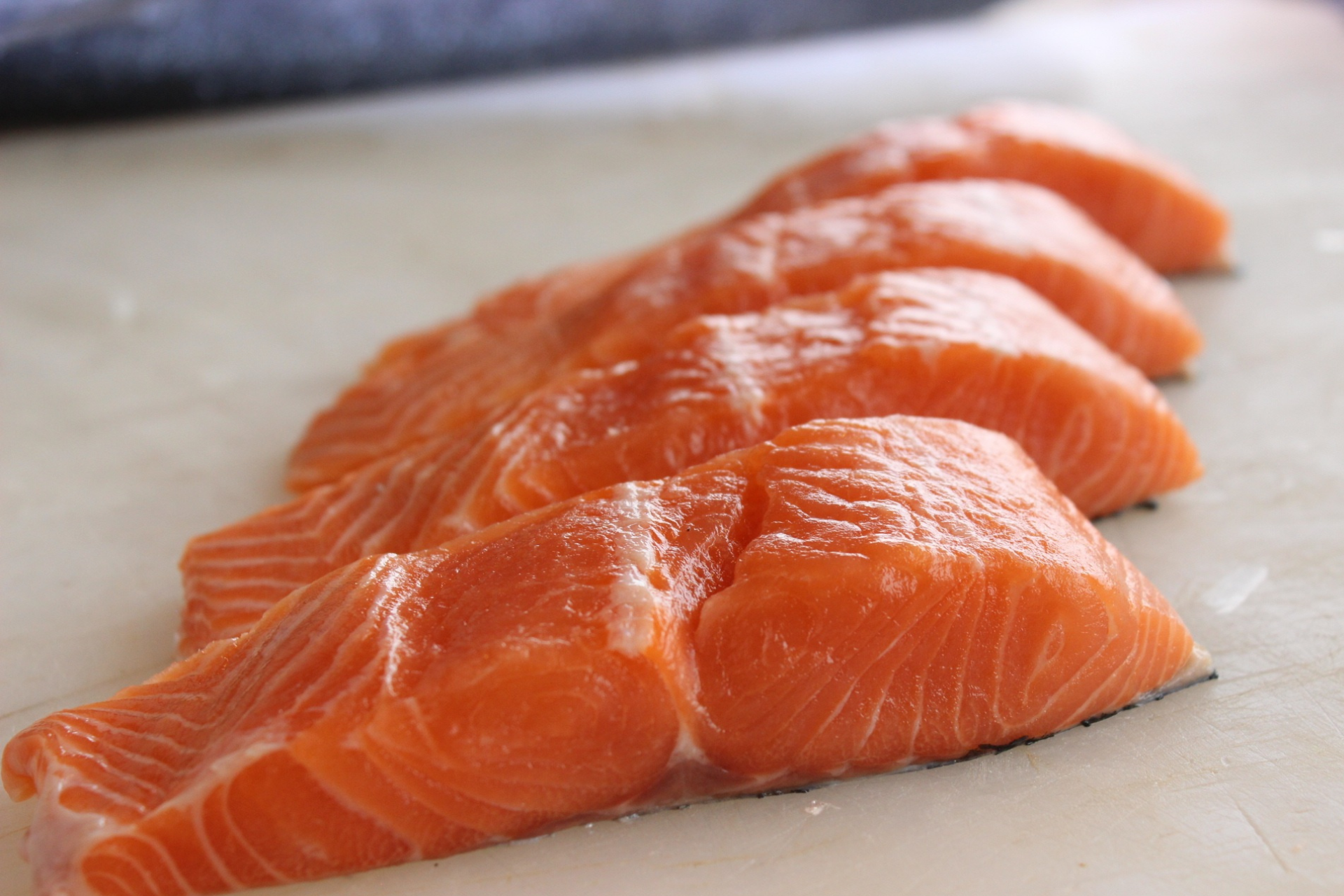
Fatty fish are by far the richest natural sources of vitamin D, especially vitamin D3 (cholecalciferol), the most bioavailable form.
Best Choices:
- Salmon (especially wild-caught): A 100g serving of wild salmon can contain between 600 to 1,000 IU, depending on the time of year and where it’s caught.
- Mackerel: Delivers around 360 IU per 100g, plus healthy omega-3s.
- Sardines (canned): Two sardines contain 46 IU, and they’re also rich in calcium.
- Herring: Offers about 216 IU per 100g.
A study in The Journal of Steroid Biochemistry and Molecular Biology confirms that wild-caught fish contain significantly more vitamin D than farmed alternatives. The vitamin D in fish is stored in their liver and fat, so go for oilier types.
How to Eat:
Grilled salmon with herbs, sardines on toast, or herring in a traditional stew — whatever your style, these are versatile and nutrient-dense.
2. Cod Liver Oil
Not technically a food, but worth mentioning due to its potency. Cod liver oil has been used for decades as a supplement to prevent rickets in children and support immune health.
Vitamin D Content:
- One teaspoon (5 ml) contains 450–500 IU, or 56% of your RDI.
Additional Benefits:
- High in vitamin A and omega-3 fatty acids (EPA/DHA).
- Supports eye health, immune function, and cardiovascular wellness.
Word of Caution:
Because it’s also high in vitamin A, taking too much cod liver oil can lead to hypervitaminosis A, so it’s best consumed in moderation.
3. Egg Yolks
Eggs are one of the few naturally available animal foods that provide vitamin D — though only in the yolk.
Content:
- One large egg yolk contains 35–40 IU of vitamin D.
- Eggs from pasture-raised or free-range chickens can contain up to 4–6 times more vitamin D than conventional eggs, depending on their exposure to sunlight.
Nutritional Bonus:
Eggs are a complete protein and rich in choline, which supports brain health and liver function.
How to Eat:
Scrambled, boiled, poached, or sunny-side up, make sure you don’t throw out the yolk.
4. UV-Exposed Mushrooms
Mushrooms are the only non-animal, whole-food source of vitamin D, but only when exposed to ultraviolet (UV) light.
D2 vs. D3:
Mushrooms produce vitamin D2 (ergocalciferol), while animals and humans produce D3. D2 is slightly less effective at raising blood levels of vitamin D, but still beneficial.
Content:
- 100g of UV-exposed mushrooms can contain 400–700 IU.
- Portobello, maitake, and shiitake mushrooms exposed to UV are particularly good options.
A 2013 study in Food Chemistry found that even after cooking, UV-exposed mushrooms retain most of their vitamin D content.
How to Eat:
Add sautéed mushrooms to stir-fries, pasta, risottos, or salads.
5. Fortified Foods
Food fortification helps fill nutritional gaps, especially for those following vegetarian or vegan diets.
Common Fortified Foods:
- Cow’s milk: Around 115–130 IU per cup
- Plant-based milks (soy, almond, oat): Typically fortified with 100–120 IU per cup
- Breakfast cereals: Vary from 40–100 IU per serving
- Orange juice (fortified brands): ~100 IU per cup
- Tofu and yogurt: Check the label, as amounts vary
Regulatory Context:
In the U.S. and many other countries, fortification is voluntary but widespread. In places like Finland and Canada, government mandates have reduced population-wide deficiencies significantly.
Tip: Always check the nutrition label to ensure the product actually contains vitamin D — not all brands do.
6. Beef Liver
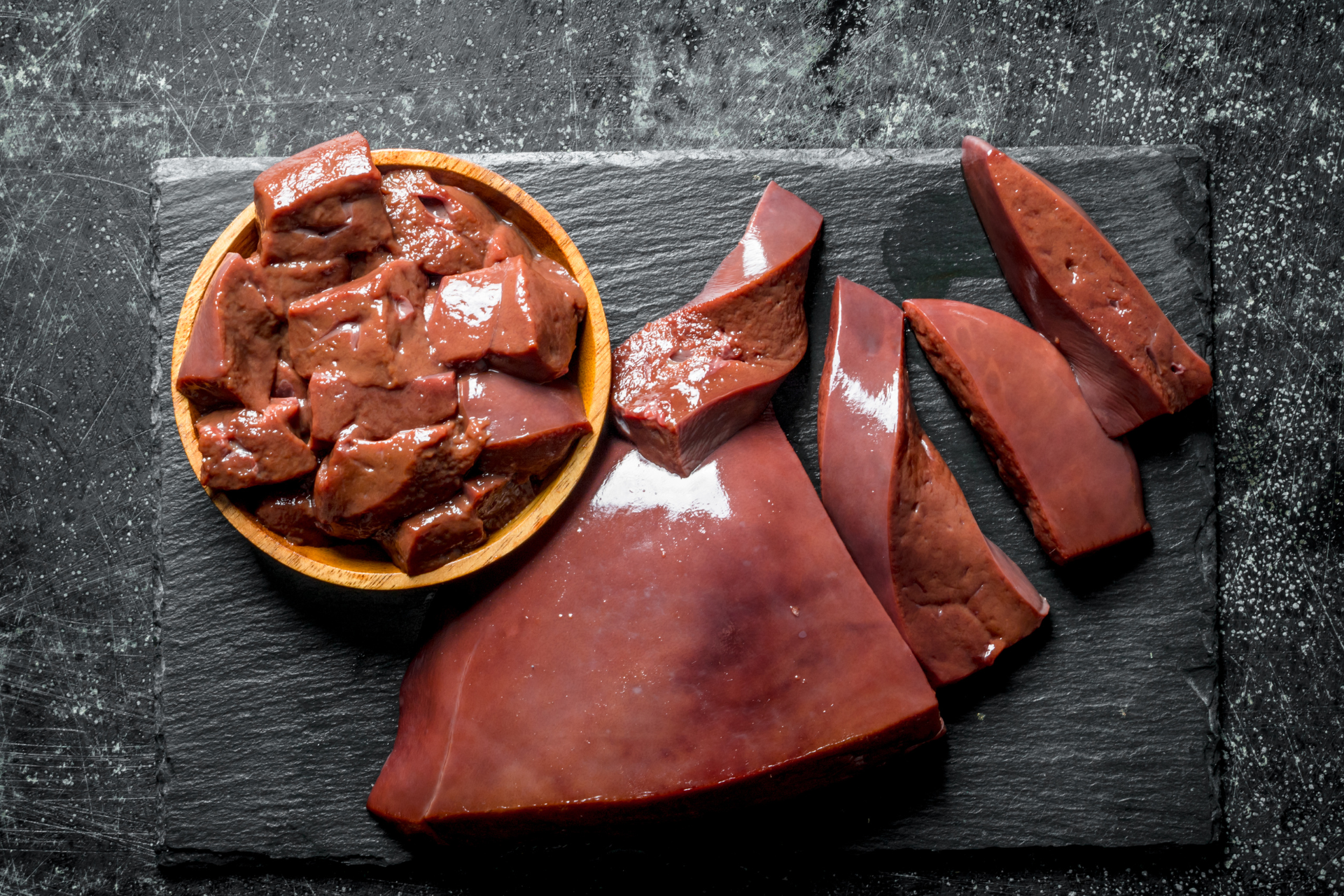
Liver is one of the most nutrient-dense foods on the planet — rich not just in vitamin D but also in iron, vitamin A, vitamin B12, and zinc.
Content:
- 100g of cooked beef liver provides 40–50 IU of vitamin D.
- Also contains about 6,500 IU of vitamin A, which is over 700% of the RDI — so moderation is key.
Additional Perks
High in quality protein, low in calories, and packed with micronutrients, beef liver supports:
- Red blood cell formation
- Cognitive function
- Hormonal health
How to Eat:
Pan-fried with onions, blended into pâtés, or mixed into stews. It’s an acquired taste but a powerhouse food.
7. Canned Tuna
Canned light tuna is a shelf-stable, budget-friendly source of vitamin D and a pantry staple in many households.
Content:
- One 100g (3.5 oz) serving of canned tuna provides 269 IU, or about 34% of the RDI.
Mercury Note
While tuna is nutritious, it also contains methylmercury, a heavy metal. Health agencies advise:
- Pregnant women and children limit intake to 1–2 servings per week.
- Consider skipjack (light tuna), which is lower in mercury than albacore (white tuna).
Absorption Tips
Vitamin D is fat-soluble, meaning it absorbs best with dietary fat. Here’s how to improve bioavailability:
- Pair vitamin D foods with healthy fats like olive oil, avocado, nuts, or fatty fish.
- Avoid taking vitamin D supplements on an empty stomach.
- Eat your vitamin D-rich meal at your fattiest meal of the day (e.g., dinner).
Who Is at Risk of Deficiency?
Several groups are more prone to vitamin D deficiency:
- People with dark skin: More melanin reduces the skin’s ability to produce vitamin D.
- Older adults: Thinner skin and less outdoor activity reduce synthesis.
- People living at high latitudes: Less sun exposure, especially in winter.
- Those who wear covered clothing or sunscreen often.
- People with obesity or fat malabsorption disorders (vitamin D gets stored in fat cells).
Can You Get Too Much Vitamin D?
Yes. While food sources rarely lead to toxicity, high-dose supplements can. Symptoms of vitamin D toxicity (hypervitaminosis D) include:
- Nausea, vomiting
- Weakness
- Kidney damage
- High blood calcium levels
Stick to safe intake levels unless directed otherwise by a healthcare provider.
Final Thoughts
Vitamin D is essential, underconsumed, and often overlooked. Adding these 7 vitamin D-rich foods to your diet is a natural and effective way to boost your levels, especially if you’re not soaking up enough sun.
To recap, aim to regularly include:
1. Fatty fish like salmon, sardines, and mackerel
2. Cod liver oil (in moderation)
3. Egg yolks
4. UV-exposed mushrooms
5. Fortified foods (dairy or plant-based)
6. Beef liver
7. Canned tuna
If you’re concerned about your vitamin D status, consider a simple blood test and talk to your doctor about supplementation if needed.
Our Stories


